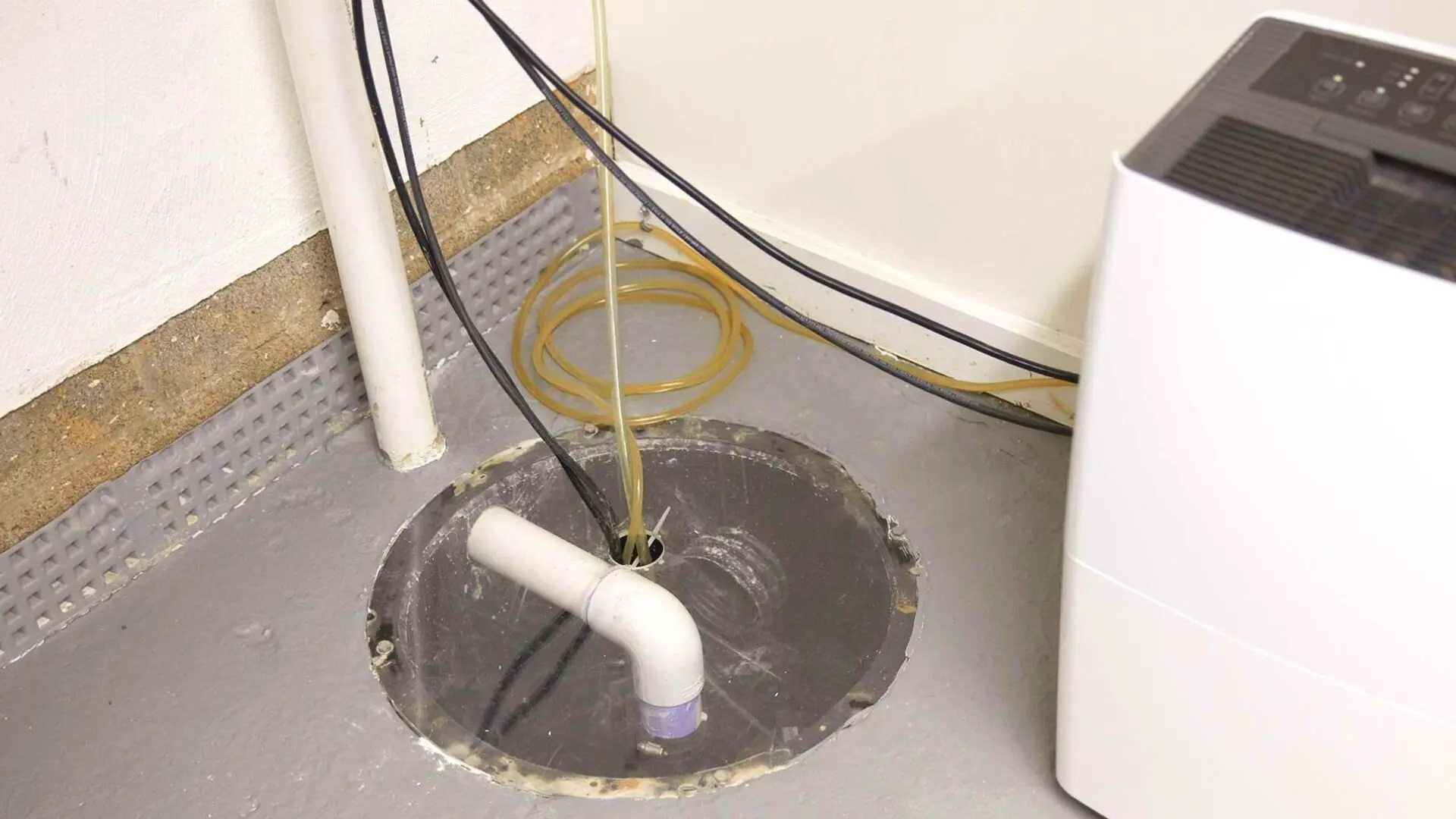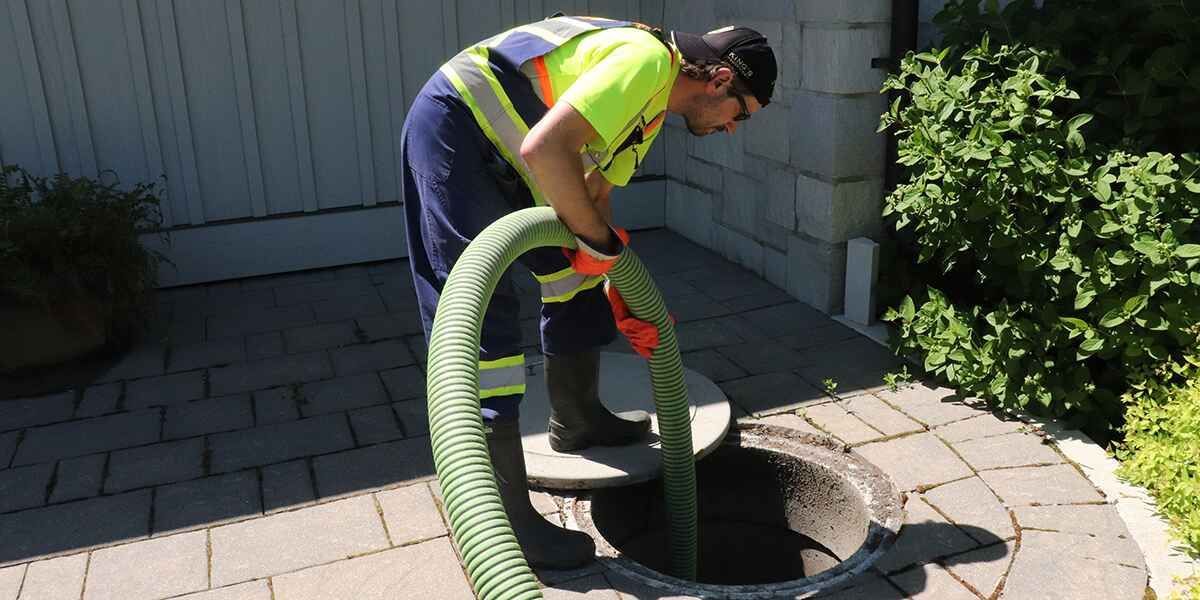We've noticed this article about Keep Your Sump Pump Clean, It'll Keep You Dry down the page on the web and think it made sense to talk about it with you on my blog.

Sump pumps are crucial parts in lots of homes, particularly in areas prone to flooding or excessive moisture. They assist avoid water damages by efficiently removing excess water from cellars or crawl spaces. However, like any other device, sump pumps call for regular maintenance to ensure they work efficiently when required the most. Cleansing your sump pump is a crucial part of its maintenance, and understanding how to do it properly can save you from costly fixings and potential disasters.
Introduction
Preserving a tidy sump pump is important for its proper performance and durability. Ignoring this necessary job can bring about clogs, malfunctions, and eventually, water damages to your building. Therefore, discovering just how to clean up a sump pump is crucial for house owners that depend on these tools to keep their basements completely dry and protected.
Indications of a Dirty Sump Pump
Recognizing when your sump pump requires cleansing is crucial for stopping possible malfunctions. Some common signs that indicate a filthy sump pump include unusual sounds during procedure, reduced water flow, and visible particles in the pit. If you observe any of these signs and symptoms, it's important to cleanse your sump pump promptly to prevent any more concerns.
Preparing for Cleansing
Before you start cleansing your sump pump, it's essential to take some safety and security precautions. Begin by shutting down the power to the pump to avoid any kind of electrical crashes. Additionally, use appropriate safety equipment, such as handwear covers and goggles, to secure yourself from dirt, debris, and possible microorganisms.
Understanding the Sump Pump
Prior to diving into the cleansing procedure, it's essential to have a basic understanding of exactly how a sump pump works. Typically mounted in a pit or basin listed below the cellar flooring, a sump pump consists of several vital parts, including a pump, a float switch, and a discharge pipeline. When water builds up in the pit, the float button activates the pump, which then pumps the water out via the discharge pipe, far from the building's foundation.
Detailed Overview to Cleaning a Sump Pump
Shutting down the Power
Begin by disconnecting the power supply to the sump pump to avoid any type of crashes while cleaning.
Looking For Appropriate Performance
Before re-installing the pump, do a quick examination to ensure that the float button turns on the pump properly. Pour some water right into the sump pit and observe the pump's procedure. If everything is working correctly, you can reassemble the pump and reconnect the power supply.
Removing Particles and Dust
Utilize a container or an inside story to eliminate any type of noticeable debris, dirt, or sediment from the sump pit. Dispose of the particles correctly to prevent it from blocking the pump or the discharge pipeline.
Cleansing the Pump and Drift Change
Once the pit is clear of debris, meticulously eliminate the pump from the pit. Examine the pump and the float switch for any type of indicators of damage or wear. Utilize a soft brush or cloth to clean the surfaces and eliminate any accumulated crud.
Purging the System
After cleansing the pump and float button, purge the sump pit with clean water to remove any type of remaining dirt or debris. This will certainly help guarantee that the pump runs smoothly and efficiently.
Maintenance Tips to Keep Your Sump Pump Clean
Along with periodic cleansing, there are a number of maintenance ideas you can comply with to keep your sump pump in optimal condition:
- Regular Examination: Examine your sump pump frequently for any signs of wear, damages, or blockages.
- Keeping the Surrounding Location Clean: Guarantee that the area around the sump pit is free of particles, dirt, and obstructions.
- Testing the Pump Periodically: Evaluate your sump pump regularly by putting water into the pit and observing its procedure. This will certainly aid you recognize any kind of possible issues prior to they intensify.
Final thought
Cleansing your sump pump is an essential facet of its maintenance and guarantees that it runs effectively when you need it the most. By complying with the actions outlined in this guide and including routine maintenance right into your regimen, you can expand the life expectancy of your sump pump and secure your home from water damage.
6 STEPS ON HOW TO CLEAN A SUMP PUMP PROPERLY
UNDERSTANDING SUMP PUMPS
Your sump pump plays a crucial role in protecting your home by managing and removing excess water. It primarily functions as a “shield”, guarding your basement against the damaging effects of water accumulation. The pump is housed in a sump pit in the lowest part of your basement, and its job is to pump out any water that collects there.
During heavy rainfalls or when snow melts rapidly, water can infiltrate your basement, posing potential risks like flooding, structural damage, and harmful mold growth. Here, the sump pump springs into action, pumping out the intruding water and directing it away from your home.
SAFETY FIRST
Before cleaning, remember to prioritize safety. Disconnect the sump pump from the power source to prevent any accidental electric shocks. Also, wear sturdy gloves to protect your hands from any sharp or dirty components within the pump.
REMOVE THE SUMP PUMP
After ensuring your safety, the next step is to remove the sump pump from its pit. Doing this might require careful maneuvering as you don’t want to damage any pump components. Once removed, clean the sump pit to remove any accumulated debris or sludge.
INSPECT THE PUMP
Inspect the pump for any visible signs of wear or damage. Check the power cord, float switch, and impeller housing. If any components look worn out or damaged, consider replacing them to ensure optimal performance.
CLEAN THE PUMP
Thoroughly clean the pump with warm, soapy water. Make sure to rid it of any dirt, gravel, or other debris that might impede its performance. You can use a toothbrush to clean the small, hard-to-reach parts of the pump.
REINSTALL THE SUMP PUMP
- Reinstall the pump into the sump pit
- Make sure it’s positioned correctly to remove the water effectively
- Once it’s back in place, reconnect it to the power source
TEST THE PUMP
Finally, pour some water into the pit to ensure the pump works correctly. It should start automatically and begin pumping out the water; if it doesn’t, check the power source and the positioning of the pump.
Remember, while cleaning your sump pump is an essential part of home maintenance, hiring a professional plumber for a thorough inspection and cleaning at least once a year is also important. This will ensure that your pump is in optimal condition, ready to protect your home from potential water damage.
BEST PRACTICES FOR CLEANING SUMP PUMP DISCHARGE PIPES
- Regular Inspection: Regularly inspect your discharge pipes, especially during heavy rainfall or snowmelt periods. Look for any signs of blockage or damage. Early detection of problems can prevent serious issues down the line.
- Periodic Cleaning: Over time, sediment and debris can accumulate in the discharge pipes, impeding the flow of water. Regular cleaning helps keep the pipes clear and functioning efficiently. You can use a high-pressure water jet to effectively clean the pipes.
- Insulation During Winter: In colder climates, discharge pipes can freeze, blocking the outflow of water. Protect your discharge pipes from freezing temperatures by insulating them with foam pipe insulation. This will ensure the sump pump can continue to discharge water even in freezing conditions.
- Proper Positioning: The discharge pipe should be positioned to direct water away from your home’s foundation. Improper positioning can lead to water seeping back into the basement. Ensure the pipe is long enough and angled correctly.
- Installation of a Check Valve: A check valve prevents water from flowing back into your sump pit after the pump has pushed it out. Installing a check valve helps maintain the efficiency of your sump pump and reduces the risk of flooding.
- Minimize Pipe Turns: Every curve or turn in the discharge pipe can decrease the efficiency of water flow. By minimizing turns and bends in your discharge pipe, you can increase the efficiency of your sump pump.
https://www.fullspeedplumbing.com/how-to-clean-a-sump-pump-properly9999/

I have been very taken with and I'm hoping you liked the blog entry. Please set aside a second to distribute this write-up if you liked it. We love reading our article about How To Effectively Clean A Sump Pump.
This Post
Comments on “Step-by-Step Instructions for Servicing a Sump Pump”